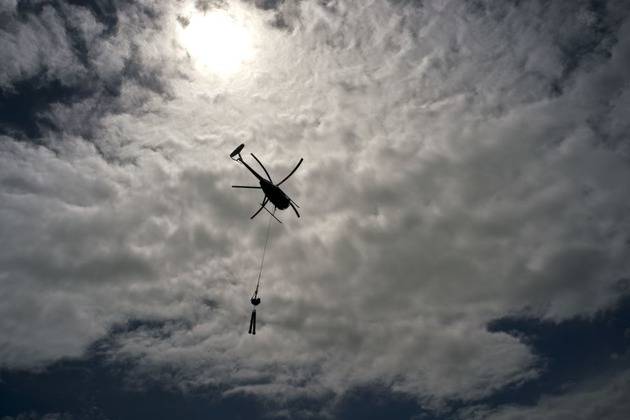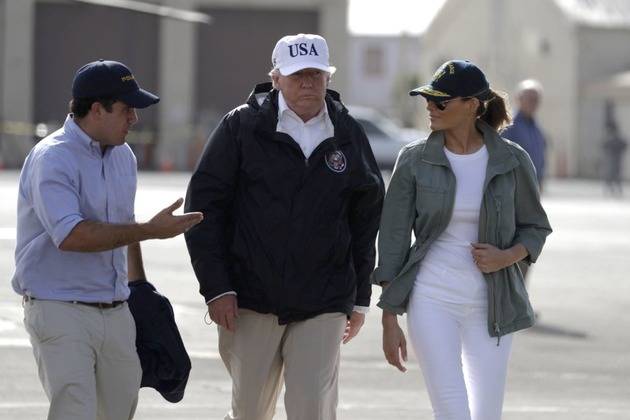
Of course it will. After decades of faux-DemocRAT control, the territory is a total mess rampant with crooked public officials and a populace either too lazy or simply unable to help themselves.
So, why is it OUR responsibility to try to clean up the mess?
Because of this --- In 1898, following the Spanish–American War, the United States acquired Puerto Rico under the terms of the Treaty of Paris. In other words, the US accepted responsibility for the islands and its people. And, we’ve been responsible for its people for 100 years when they were granted citizenship.
Academically, most of Puerto Rico's economic woes stem from federal regulations that expired, have been repealed, or no longer apply to Puerto Rico; its inability to become self-sufficient and self-sustainable throughout history;[p] its highly politicized public policy which tends to change whenever a political party gains power;[q] as well as its highly inefficient local government[r]https://en.wikipedia.org/wiki/Puerto_Rico#cite_note-238
(From Wikipedia)
A very extensive article @ Puerto Rico - Wikipedia
The islands are a mess and we have 2 choices – let them go under and really become totally dependent upon the federal government or work like hell to get them up and running as somewhat independent.
Original article @ Puerto Rico’s recovery requires a sustained federal commitment




